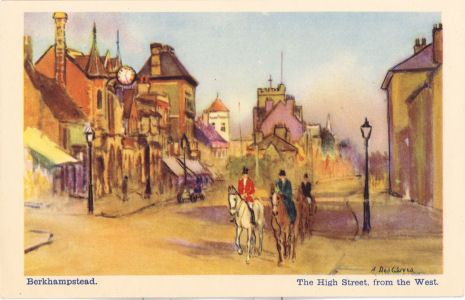 |
| Startops Reservoir, near Tring, March 2013 A year ago this view showed medieval ridge and furrow markings |
I am keeping up my walking - with frequent visits to College Lake - and around the district. Compared with a year ago the water levels are very high, The above picture shows that Startops Reservoir is full, and no sign of the Medieval ridge and furrow areas I photographed from this point last year. I wonder how many years it will be before the water level is low enough to show them clearly again.
 |
| All that is left of Big Paddy, College Lake, near Tring, April 2013 |
The water level rise at College Lake Nature Reserve is far more serious. When I first visited the reserve over 20 years ago the main lake area was still a working quarry, with active pumping to keep the water levels low. Someone estimated how far the water levels would rise when quarrying stopped, allowing for drainage through the chalk. Several unquarried areas were left to act as islands for the birds to nest on - but the calculations were wrong and the islands disappeared under the rising water. Some years later bulldozers were used to build two more islands in the main lake area. The work was done by a couple of Irishmen - so the islands were called Little Paddy and Big Paddy. The waters have continued to rise. Little Paddy has already disappeared and the above picture shows all that is left of Big Paddy a few days ago.
 |
| Flooded Track at College Lake Nature Reserve, near Tring. March 2013 |
In addition the water has risen to cover one of the main low level paths at the reserve, which is now only passable if you are wearing wellingtons (or shorts and flip-flops when the weather is warmer). While the water can be expected to drop if we have a dry summer the chances of the water level dropping to clear the path completely are low unless some way is found to pump a large quantity of water from the lake into the nearby Grand Union Canal























